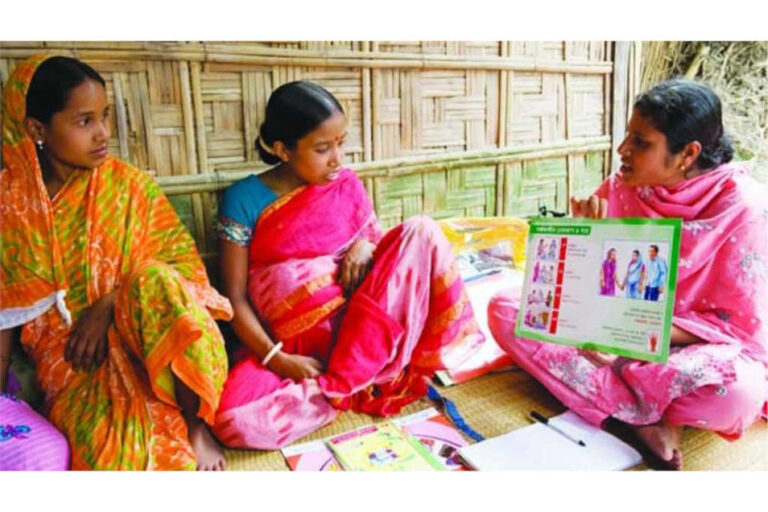If a country’s rural education division is working fine, it reflects on the complete economic state of the country.
Let us see how we can upgrade the—‘Rural Education Scenario.’
There is no doubt that education plays a very crucial role in shaping an individual’s personality. As per the survey, India’s organized sector has only 36 million people which forms a tiny stratum of the total population. This statement itself says a lot about the Indian literacy rate and the education system.
Even though India’s literacy rate has shown some growth over the last few years, it has not been able to impart the kind of education that current times demand.
There are several issues that the Indian education system is undergoing, and the major one is —the inadequate rural education framework.
Major obstacles in the rural education system-
We cannot deny the fact that even today, a considerable part of India population still resides in the rural set-up. However, there is hardly any attention being paid to the education system existing.
According to a survey report called the Annual Status of Education Report, more than 60% of the students in 5th standard attending rural schools are not able to read a lower grade textbook.
This clearly explains various issues that are crippling our agricultural education system—
- Lack of adequate schools: The rural parts of India are already struggling a lot when it comes to local transportation. This problem poses a massive threat to education. The problem in transport coupled with schools located at long distance in rural areas, force parents not to send the kids to the schools, thus keeping them devoid of education.
- Lack of affordable educational institutions: Residents of rural India usually come with little income sources which are generally needed for basic survival, making education out of their field. The lack of government schools in the local areas discourages parents from spending on their kids resulting in no education at all.
- Inadequate School foundation: The schools in rural India have an inferior infrastructure. There is a lack of well-trained teachers. Eventually, this leads to inferior quality education.
Rural-urban divide
Even though we are one nation, we continue to have a rural-urban split in every aspect, including education.
In the urban set-up, the number of schools is way higher in number as compared to rural India, which makes education more accessible. The teaching pattern also differs in urban schools. While the methodology is still primitive in rural schools, urban schools are keen on adopting modern ways of teaching, like concept learning and focus on the development of individual students.
Solution for these circumstances—
The answer to improving rural education is introducing better techniques to the education system, which can help rural students come on par with urban children.
*Set up more schools: The parents in rural India can be promoted to send their kids to schools only if there are enough schools near their homes and at a very minimal cost. To those who come from a little financial background, the government must provide for their textbooks, library and laboratory facilities so that they are not left with any reason for not attending the schools.
*Fuse technology and education: Rural schools need to impart significance to technology so that they are not left behind. Also, in this digital world, every child needs to be aware of underlying technologies and their usage.
*Classes beyond Classrooms: If we want to make education engaging for students, it is imperative to start taking class lessons beyond the classrooms. Kids must know the world around them, and this can be done when they have been shown around.
The rural-urban gap can be filled in, and we can create a common platform unifying student across the country, with a little help as a community.
EKAM Foundation, a non-profit NGO, can help to bring about an improvement in the health and well-being of the community, mother and child. EKAM can help children and their parents to make them understand write papers the significance of education and welfare.
Every activity or program that EKAM executes serves as the moral compass, guiding every decision and choice.






